Key Dates
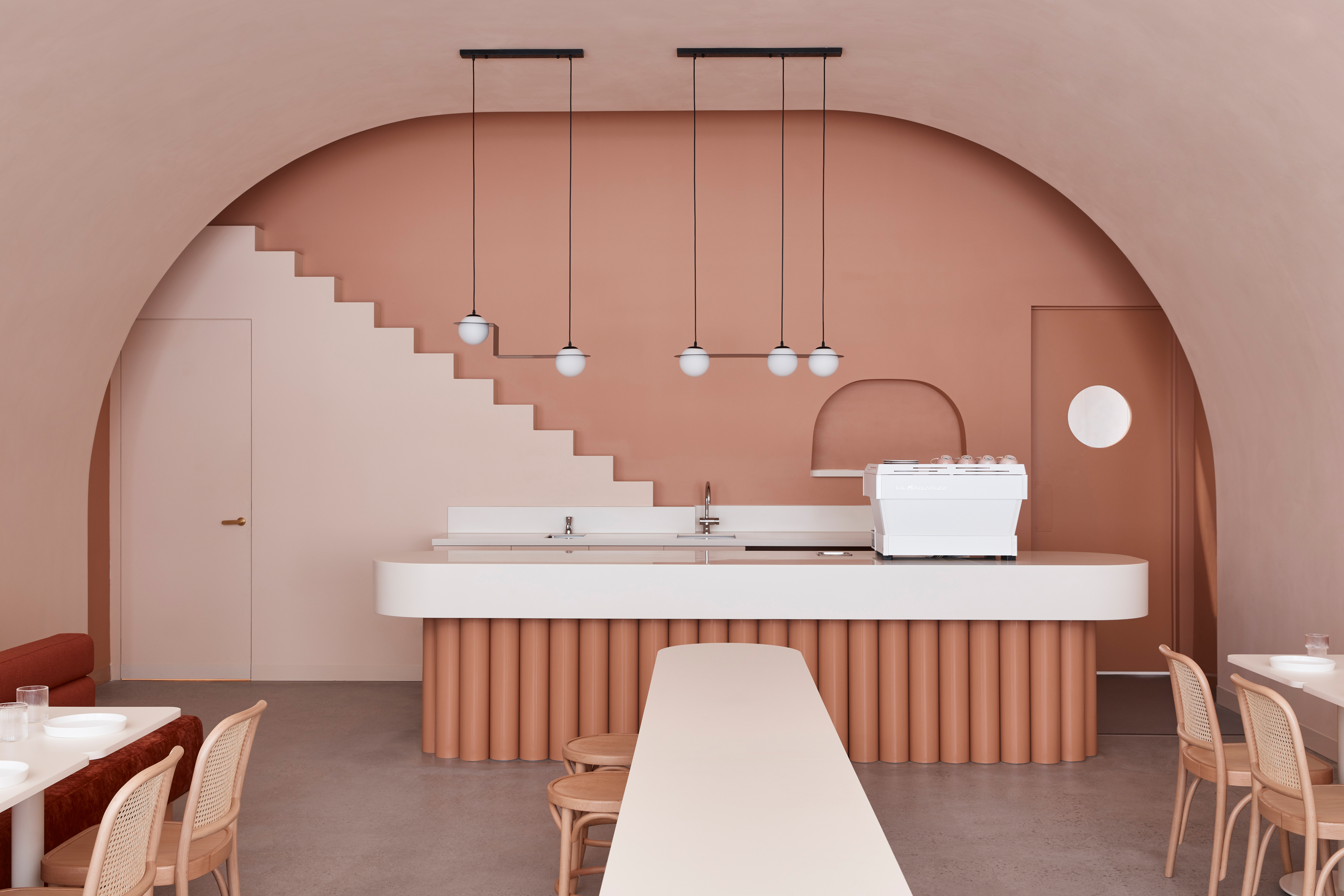

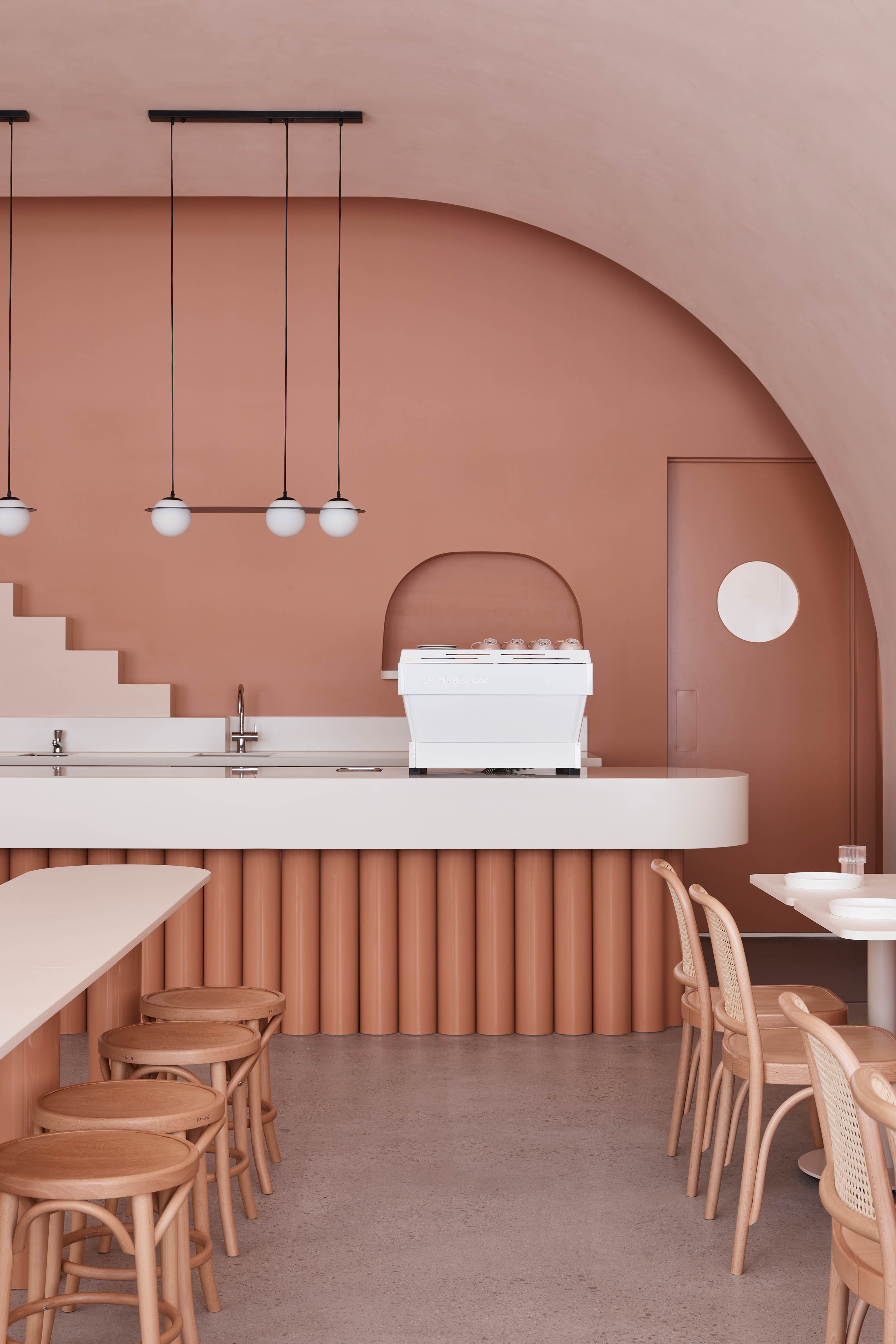
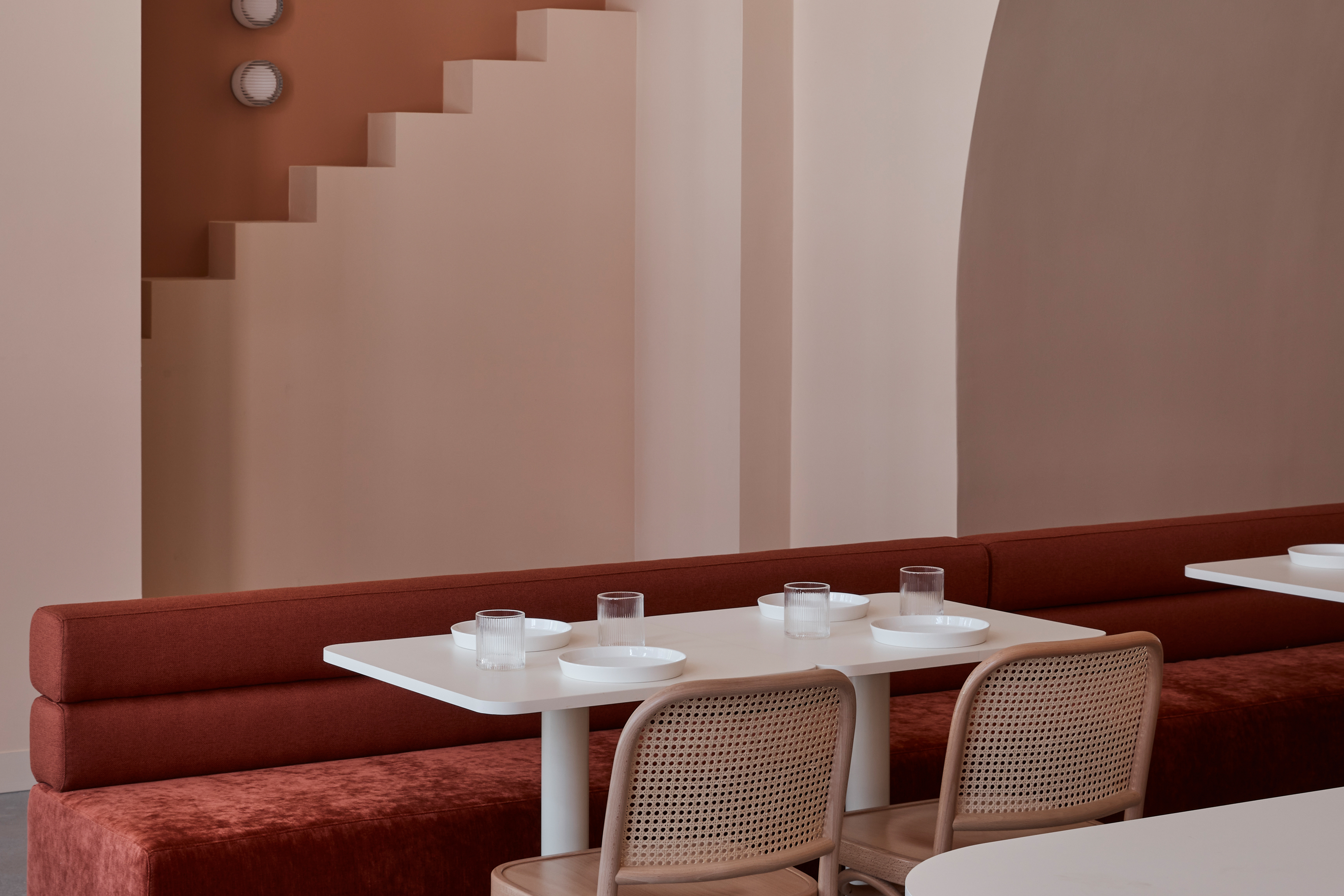


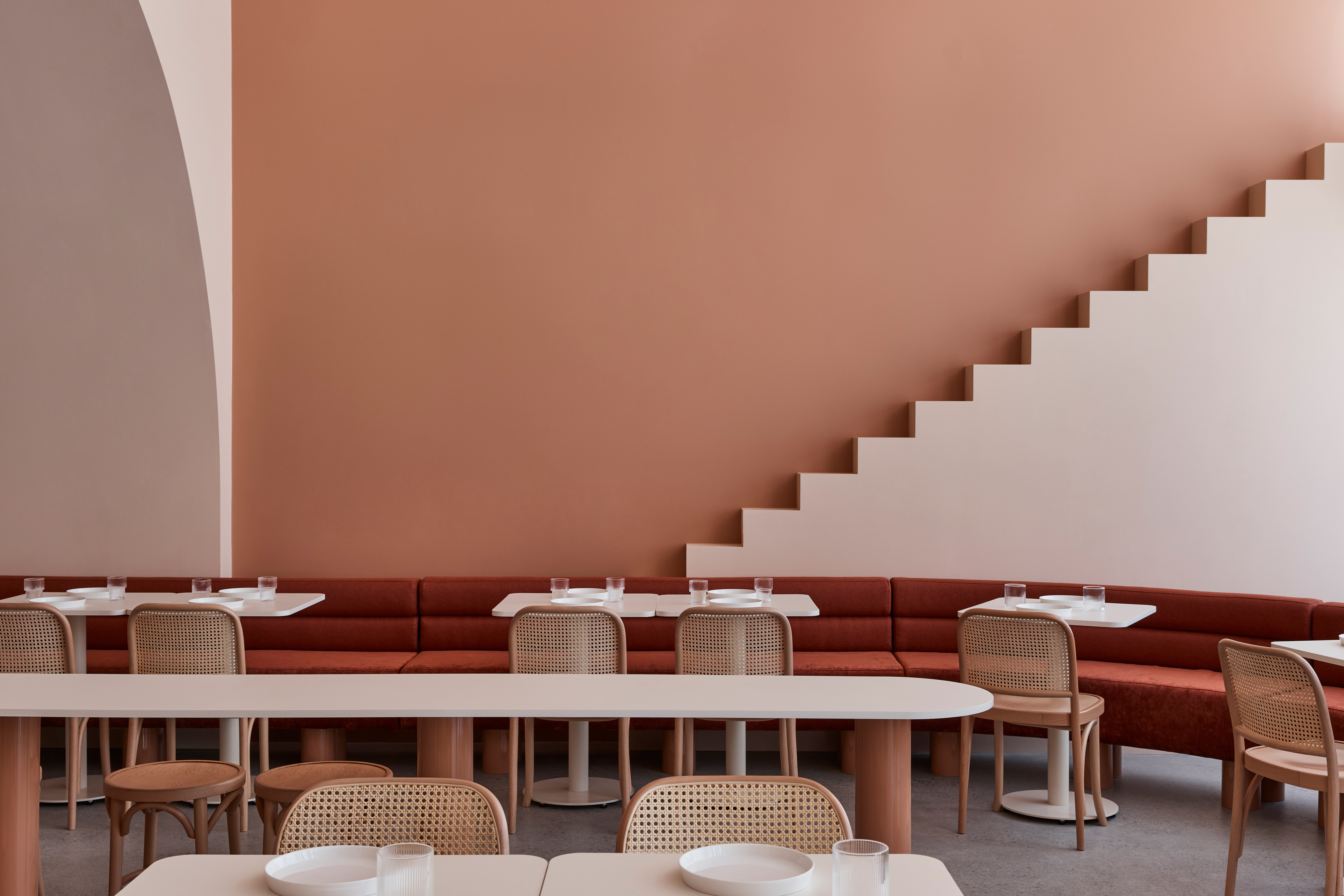

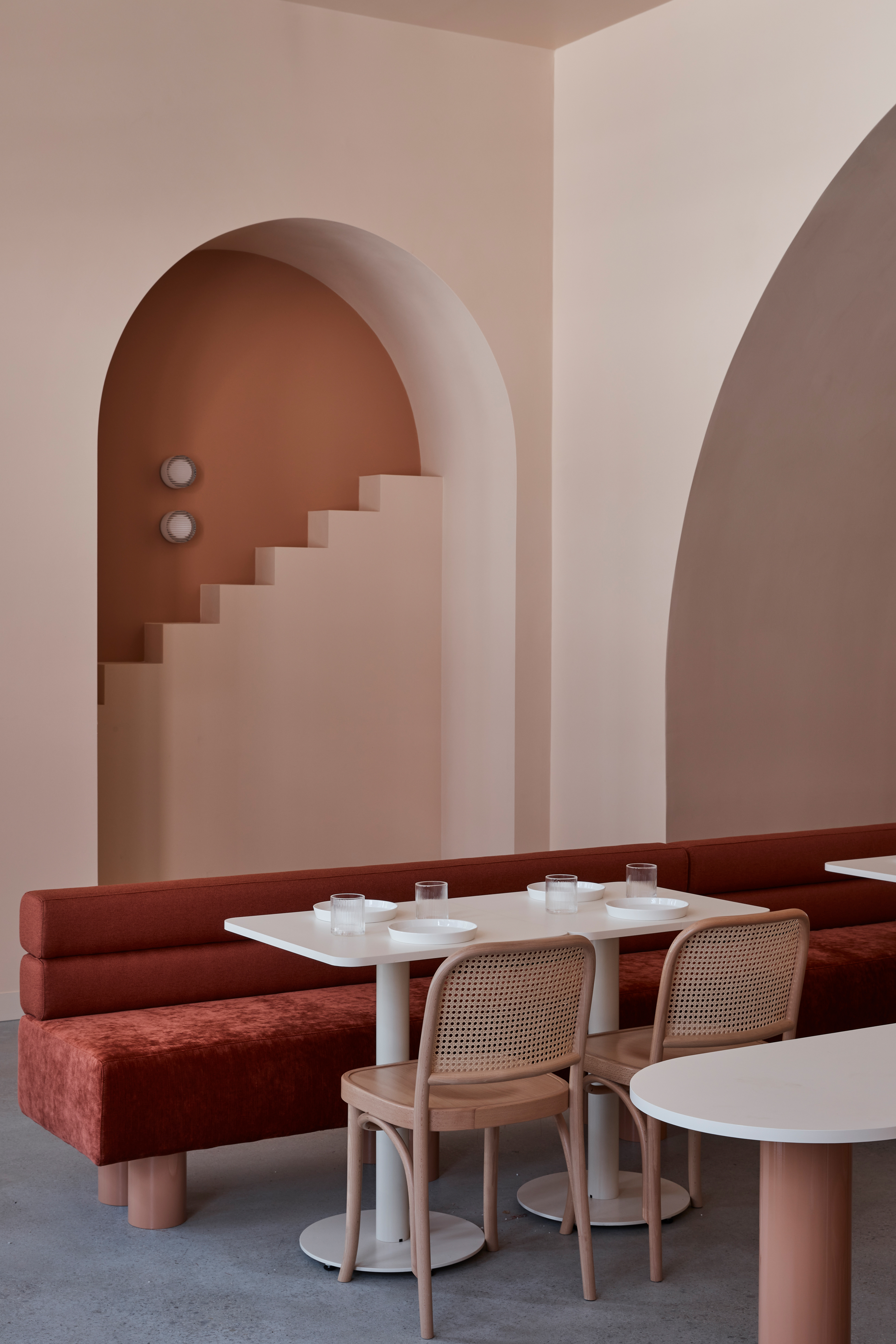
Image Credit : Derek Swalwell

Project Commissioner
Project Creator
Project Overview
Filmmaker Wes Anderson’s idiosyncratic visual style inspired the design of The Budapest Café in Melbourne, which follows the success of The Budapest Café in Chengdu, China. Drawing on our appetite for modern abstract art, design and hospitality, we evolved the design experience to create an immersive, gallery-like experience. Minimising the built form maximised the space and the impact of colour in the imaginative and evocative space. Bold, offbeat elements encourage patrons to engage with the design, and the natural earthy palette exudes warmth, texture and character and reflects the local design sensibility.
Team
Jean-Pierre Biasol, Director Rachel Santos, Interior Designer
Project Brief
Filmmaker Wes Anderson’s cinematic world is instantly recognisable for his idiosyncratic visual style. This unique aesthetic inspired our design of The Budapest Café in Carlton, Melbourne, which follows the success and popularity of The Budapest Café in Chengdu, China. Inspired by Anderson’s approach to set design, the Melbourne café is an imaginative and evocative space with offbeat elements and a natural, earthy colour palette reflecting the local design sensibility.
Project Innovation/Need
Anderson’s films are memorable and magical. He is renowned for symmetry, detail and one-point perspectives, and he creates his mythical worlds through whimsical sets, vivid colours and nostalgic sentiment. Having studied his style for The Budapest Café in Chengdu, we evolved the design experience for the Melbourne café. Drawing on our appetite for modern abstract art, design and hospitality, we created an immersive gallery-like experience through an exploration of form, function and colour.
There is a bolder approach to the design elements, while still optimising the space to its fullest capacity. Arched-shaped banquette seating wraps around the front beneath a double-height space, with a communal bar table through the centre. A tunnelled arch leads patrons deeper into the café and frames the point-of-sale counter at the end. The back wall is adorned with a narrow stair leading nowhere. Another staircase is likewise framed in an arched recess, encouraging patrons to engage with the design and capture and share the quirky, stylised images.
Design Challenge
Minimising the built form allowed us to maximise the impact of colour. The natural earthy palette exudes warmth, texture and character, while still in keeping with the pink-iced façade of Anderson’s Grand Budapest Hotel. Using a tonal palette, we played with depths of colour to highlight fanciful elements and create a unique sense of two-dimensionality. Lighter hues, such as sand and beige, are on the foregrounds, and darker hues, such as terracotta and pale orange, are on the backgrounds. The banquettes upholstered in rust-red add even more depth of colour, while tubing along the front of the counter has texture and contrast.
The Budapest Cafés in Chengdu and Melbourne are of the same oeuvre, with the latest venue being a mature and sophisticated evolution. With a richer palette and bolder design, the new café is timeless and contemporary for its Melbourne patrons, while still offering a relaxed and indulgent atmosphere and hospitality experience.
Sustainability
We have always designed with the intention to withstand the test of time. All of our interiors have the intention to be timely, yet timeless. We work with local trades and builders to support the local economy, ensuring quality deliverables are achieved with efficiency and consideration to our carbon footprint.
Interior Design - Hospitality - Casual
This award celebrates innovative and creative building interiors where people eat and drink - this includes bars, restaurants, cafes and clubs. Judging consideration is given to space creation and planning, furnishings, finishes, aesthetic presentation and functionality. Consideration also given to space allocation, traffic flow, building services, lighting, fixtures, flooring, colours, furnishings and surface finishes.
More Details

